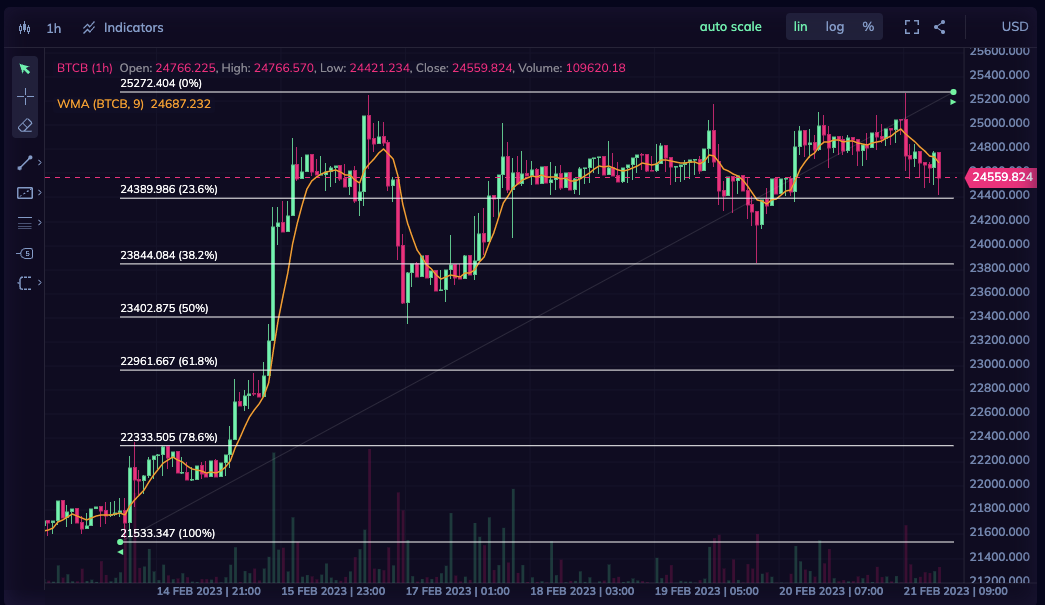Solidity
Solidity is a high-level programming language designed for writing smart contracts for the Ethereum blockchain.

Solidity is a high-level programming language designed for writing smart contracts for the Ethereum blockchain. Smart contracts are self-executing agreements with the terms of the agreement directly written into code. They are designed to enable trustless transactions between parties without the need for intermediaries.
Solidity is primarily used for programming smart contracts on the Ethereum blockchain. However, Solidity has also been implemented on a number of other blockchain platforms that support smart contracts, including:
- BNB Chain: BNB Chain is a blockchain platform that runs parallel to the Binance Chain and supports the Ethereum Virtual Machine (EVM) and Solidity smart contracts.
- Polygon (formerly Matic Network): Polygon is a Layer 2 scaling solution for Ethereum that supports Solidity smart contracts.
- Huobi ECO Chain (HECO): HECO is a decentralized blockchain platform that supports Solidity smart contracts and is compatible with the Ethereum Virtual Machine (EVM).
- Fantom: Fantom is a high-performance blockchain platform that supports Solidity smart contracts and is compatible with the Ethereum Virtual Machine (EVM).
- Avalanche: Avalanche is a high-throughput blockchain platform that supports Solidity smart contracts and is compatible with the Ethereum Virtual Machine (EVM).
- Harmony: Harmony is a blockchain platform that supports Solidity smart contracts and is compatible with the Ethereum Virtual Machine (EVM).
There are also other blockchain platforms that support smart contracts but use different programming languages, such as the Cardano blockchain, which uses the functional programming language Haskell for its smart contracts.
History of Solidity
Solidity was created by Gavin Wood, Christian Reitwiessner, and others in 2014 as part of the Ethereum project. The language was designed to be simple and easy to learn for developers who are already familiar with object-oriented programming languages like C++ and JavaScript. Since its inception, Solidity has become one of the most popular programming languages for writing smart contracts.
Examples of Solidity
One of the most popular use cases for Solidity is writing smart contracts for decentralized applications (dApps) on the Ethereum blockchain. These dApps can include decentralized exchanges, prediction markets, and even games. One example of a Solidity-based dApp is CryptoKitties, a game where users can breed and trade digital cats. Another example is Augur, a decentralized prediction market platform that uses smart contracts to enable trustless betting.
How Solidity Works
Solidity is a statically-typed programming language, which means that variables and functions must be declared with a specific data type. It also supports inheritance, allowing developers to reuse code and create more complex contracts. Solidity is compiled into bytecode that can be executed on the Ethereum Virtual Machine (EVM).
Solidity contracts are immutable, meaning that once deployed to the blockchain, they cannot be changed. This ensures that the terms of the contract are always enforced, and all parties involved can trust the outcome of the contract.
How to Start Using Solidity
To start using Solidity, developers need a basic understanding of programming concepts like variables, functions, and data types. They also need to have a basic understanding of the Ethereum blockchain and how smart contracts work.
Developers can use a number of tools to write, compile, and deploy Solidity contracts, including the Remix IDE, Truffle, and Ganache. These tools provide a range of features, including code editing, debugging, and testing.
Pros and Cons of Solidity
Pros:
- Solidity is designed to be easy to learn for developers who are already familiar with object-oriented programming languages.
- Solidity contracts are immutable and executed on the Ethereum blockchain, ensuring that the terms of the contract are always enforced.
- Solidity has a large and active developer community, with a wide range of resources and tools available.
Cons:
- Solidity is a relatively new programming language, and as such, there are still some limitations and bugs that need to be addressed.
- Solidity contracts can be complex and difficult to understand for non-technical users, which can limit the adoption of decentralized applications.
- Solidity is specific to the Ethereum blockchain, which limits its use for other blockchain platforms.
Conclusion
Solidity is a powerful programming language that has enabled the development of a wide range of decentralized applications on the Ethereum blockchain. While it still has some limitations and challenges, Solidity has become an essential tool for developers looking to build trustless and decentralized applications. By providing a simple and easy-to-learn programming language, Solidity has helped to lower the barrier to entry for developers looking to enter the blockchain space, and has opened up new possibilities for innovation and experimentation.




